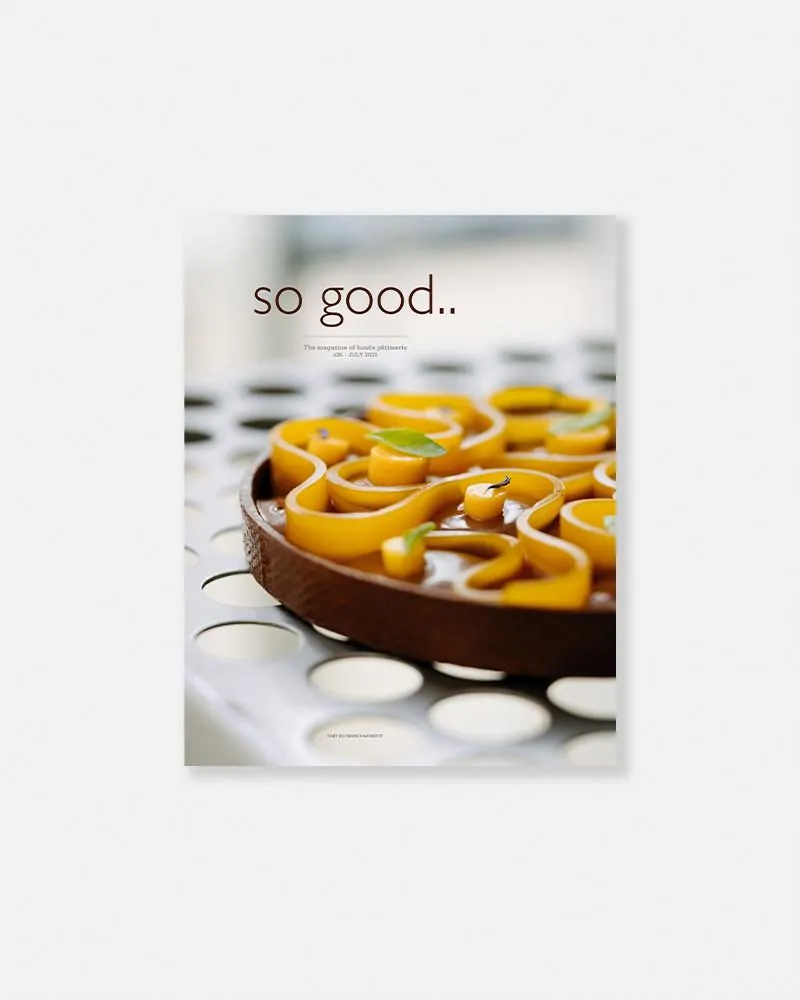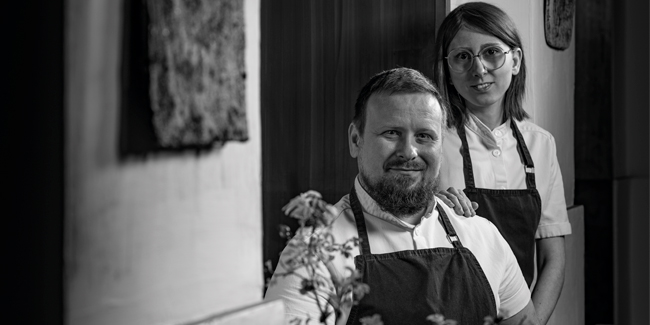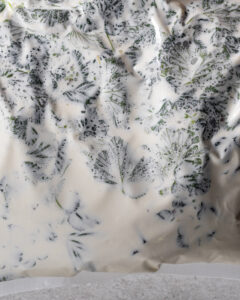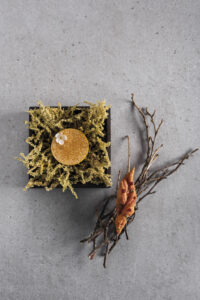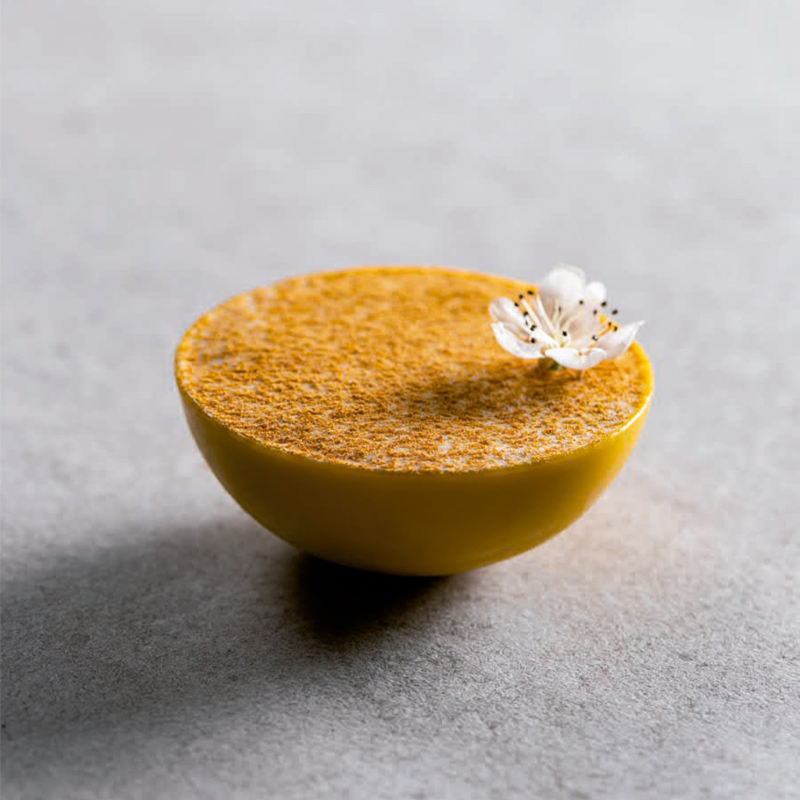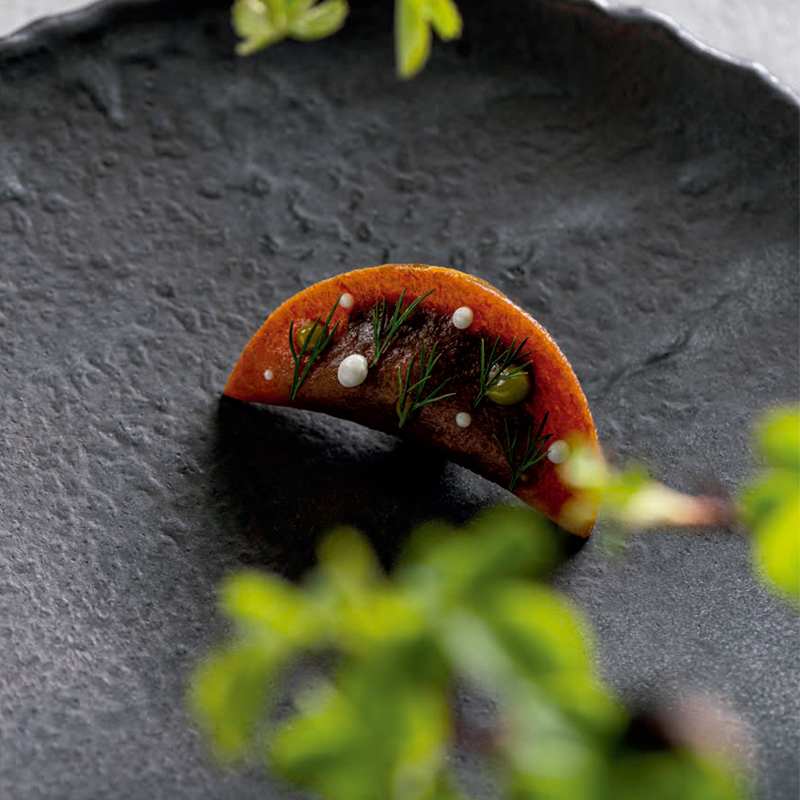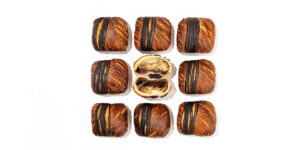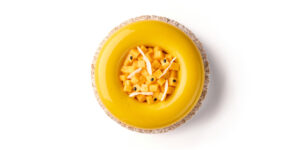Categories Pastry Chef Articles
Szilárd Tóth and Csenge Dusha: ‘We believe in preserving both food and heritage’
The Salt restaurant in Budapest proposes a trip to the interior of Hungary, to its tradition, to childhood memories and in particular to certain customs typical of the inhabitants of rural areas. Therefore the use of wild herbs and plants, combined with different preservation techniques, characterizes its gastronomy.
With the mirror of the emergence of Nordic cuisine, Szilárd Tóth and Csenge Dusha direct the kitchen of Salt restaurant in Budapest together with a team that is united by a passion for a cuisine with its own identity. This is how they have already obtained different recognitions and awards that highlight their effort to understand the value of ancestral techniques such as fermentation, drying and salting. And desserts are no exception, on the contrary, they move away from excess sweetness, fat or complexity of elements to arrive at light, clear proposals, in which they play with flavors of the country and with contained acid notes. This is what they bring us to the pages of so good #26, a trip to Hungary that seems so particular in terms of the originality of each dessert as it is universal in terms of the creative and artisan spirit that inspires them. This is the interview we made to both of them as part of the article which was included in the magazine.
Photography: Antonio Fekete

Szilárd Tóth – Head chef
What is Salt’s cuisine like and who are the most important names of your crew?
We want to represent the values and heritage of Hungarian cuisine. I forage the woods and fields for the superior ingredients nature offers us and serve dishes like our grandmothers used to. In preparation for colder times, me and the Salt team dry, salt and ferment ingredients to be able to enjoy these unique bees during the winter season, too. I believe in preserving both food and heritage using traditional methods. At Salt’s there is no one person to highlight, as we are a team and everyone is equally important. We are valuable as a team, together.
What would you highlight of the Hungarian cuisine?
I would emphasize more the way of thinking of the people of the old time’s Hungarian countryside. They have created great dishes of simple ingredients and close grown wild herbs. The SALT would like to pass this ideology to the people of modern era. We also forage ourselves a lot of ingredients from nature as our elderly people used to do.
In my opinion, behind the success of these dishes are the emotions, as we all remember the flavors of our childhood, the family occasions and tastes of the winter
What are your top dishes and what do you think their success is due to?
The pig feast cabbage, which is the main dish of a traditional pig feast (in Hungary we celebrate the pig slaughtering although it may seem to be strange) and the puliszka, which is made of corn and quite similar to the polenta of Italy, although we serve it (like we eat it in my home region) as a dessert with traditional plum jam. In my opinion, behind the success of these dishes are the emotions, as we all remember the flavors of our childhood, the family occasions and tastes of the winter pig feast in the countryside.
Bread seems to play an important role in your restaurant…
Indeed, bread has an important role in our menu. As bread has the most important place in Hungarian culinary, we are also fond of the good bread. In Hungary, we have a national holiday for bread as well. In the menu bread is the main course, where we use sourdough bread. We try to prepare it according to our best knowledge, as everything that we serve with this bread: for example the butter that we make ourselves and age on hay for a few weeks, the home-made pickles and fermented vegetables and herbs, the ham, which is a mangalica neck (dry cured for 10 months) produced by my family.
And what are your desserts like?
I absolutely dislike heavy desserts. I think in a good dessert the balance between acidic and sweet is needed. It should be fresh and light, and should contain a dumfounding or unique taste.
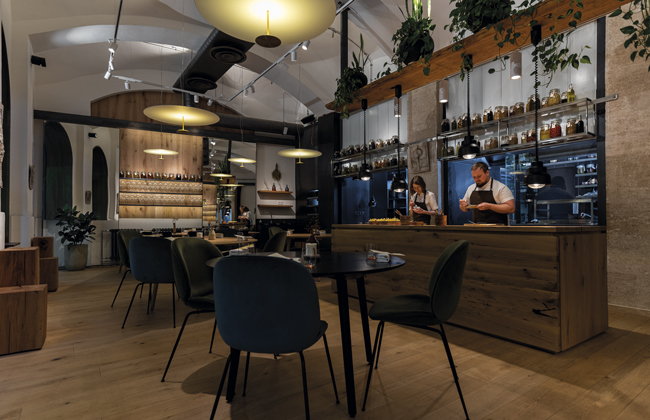
Csenge Dusha – Pastry chef
In relation to your dessert menu, do you bet more on Hungarian pastry classics?
I love traditional Hungarian desserts – also the fancy ones like “Eszterházy cake”, but I prefer the homey classic ones like “Puliszka”, “Zserbó”, “Hókifli”, “Puszedli” or “Csörögefánk”. They all can bring back sweet childhood memories. Good desserts whisper stories about you and your past: about your family and your roots. These cakes and pastries contain those ingredients that your granny or mother used… when you smell and taste these, sometimes memories and feelings just run over you. Working with Szilárd taught me some important things like ‘your chef would never like something that is too sweet, or too heavy, too boring or even worse: too complicated.’ He loves clear flavors, the unique combinations, the eternal ingredients from nature. So I follow my dreams, ideas and instincts, but also follow these tricky rules before I serve a tiny treasure plate for him. Taste, taste, taste… then try to correct the acids! Seems like a journey to something simple, but also to something smart and bright.
‘Our work seems like a journey to something simple, but also to something smart and bright’
What are your favorite desserts?
Beside the Csoroge and blackcurrant ice cream, I love the Hungarian “kapros-túrós” (cottage cheese and dill cake) in a vegan way with fermented millet sorbet filled with citrus fennel jam and dill oil, with a touch of sudachi. Another dessert very important for us is the ‘Puliszka’ – one of the favorite desserts of the SALT audience: which is made of a sweet corn cream based on ricotta, pastry cream and quite similar to the polenta of Italy. At the final touch we serve it with traditional plum jam from Szatmár and covered an airy, light warm goat milk foam. Another of my favorites are the Lemony sorrel sorbet topped with toasted hazelnut-potato cream, lemon bush and oxalis; and the dark chocolate crémeux with Sichuan pepper, ripe bird cherry-blackberries, honeycomb and simple curd.
So what is the philosophy with which you prepare your desserts?
I just love ingredients from the green nature, especially my favorite one is green juniper and our salted green currant, because their funny texture and exciting flavor. I love searching for recipes from the old times, they have a story on the paper and also in the mind; and you should know the most important point: grandmas are the perfectionists in techniques and they always do miracles with a dough between their hands. And sometimes I feel that everything we or I know came exactly from them.
